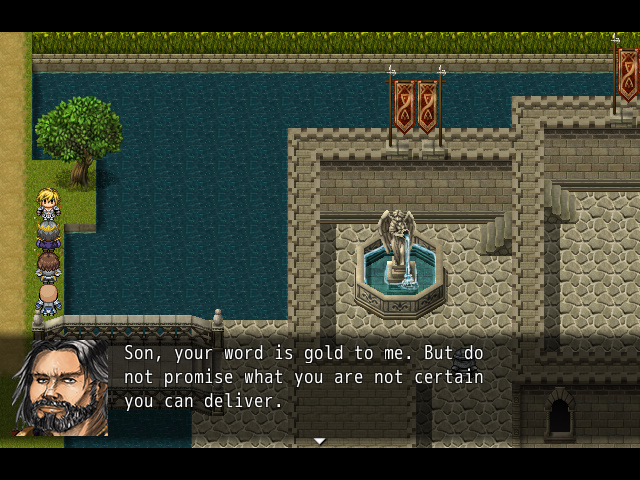Editor’s Note: Guest author Ivan Kaltman is the creator of Sydney’s World, a family-friendly role-playing game that helps children improve language and literacy skills.
Visual presentation of text is often overlooked as an instructional method to help students become successful readers. Reluctant readers such as dyslexic students often have inefficient visual tracking and difficulties in serial scanning of print. These students struggle with phonics and/or sight words in K-2, but reading becomes even more difficult for them by 3rd grade, when they are expected to transition to novels.
In digital games, text is much easier to visually perceive and track. Instead of having multiple paragraphs on a page without the benefit of illustration, there is only a sentence or two on screen at a time, superimposed on interesting graphics.
Typical scenarios that bring anxiety to weaker readers in traditional read-alouds (like being called on in class to read at random intervals and fearing the text will be too difficult or that they may lose their place) are all mitigated due to the presentation of text in good digital games.

Scenarios that cause strong readers to disengage (reading ahead because weaker readers are reading out loud too slowly, unchallenging text, boring text, etc.) are also mitigated.
Digital games are interactive. There are additional roles besides reader such as explorer, battler, navigator, and problem-solver, which allow students to be valued for intellectual abilities other than reading; therefore, they encourage inclusion. All students in a class (including special education and ELL students) can play together, regardless of reading ability.
Additionally, digital games provide rich multimedia that engage students far more than traditional text, especially if they’re fantastical (sci-fi, fantasy, etc). These multiple modalities of information increase understanding of text, a term James Gee defines as “situated language.” According to Gee, “In video games, meaning, thinking, and learning are linked to multiple modalities (images, actions, sounds, etc.) not just to words.”
Vocabulary is significantly more likely to be learned naturally through digital gameplay, peer collaboration, and teacher guidance than from traditional worksheets or textbooks where words are memorized to match with other words for tests and then forgotten by a sizable percentage of students.
In quest-based digital games (such as role-playing games), students must read, understand, and recall information to know what to do and where to go next. This consistently results in close reading. Students may not care what comes on the next page of a textbook, but they always want to know what happens next in video games because they have a much bigger stake: They’re in control!
Research and pedagogy unequivocally point to digital game-based learning as an instructional methodology that can improve literacy skills. Although digital games are increasingly being used in middle schools for content in science and social studies, they are noticeably absent for ELA in primary schools.
Gamification


